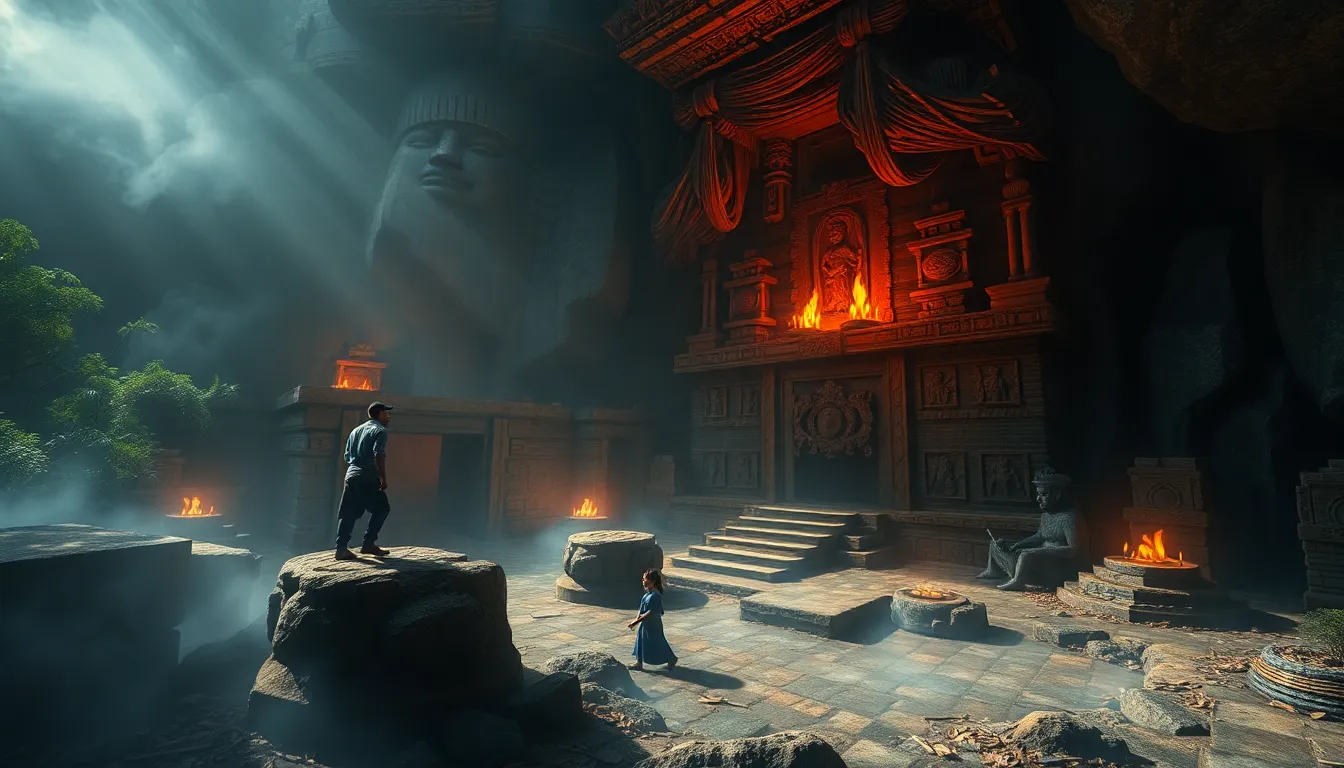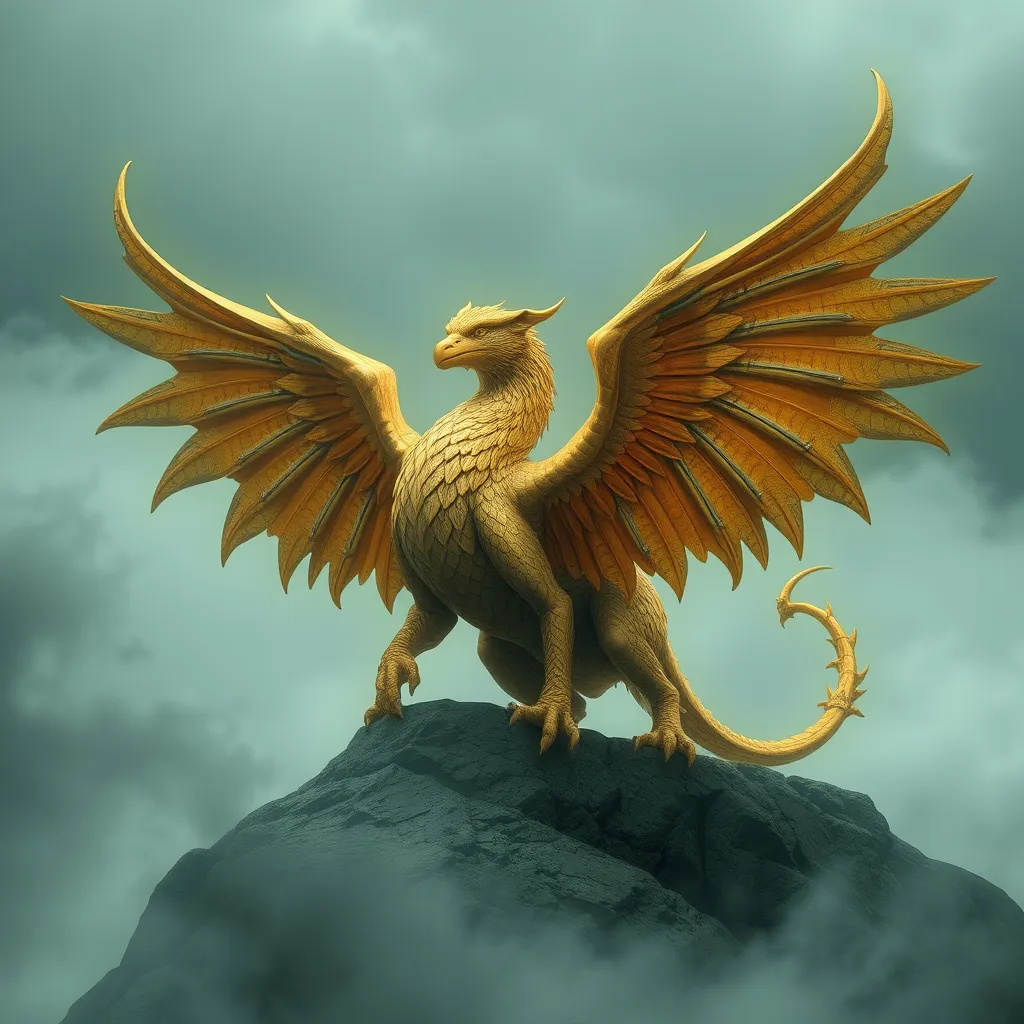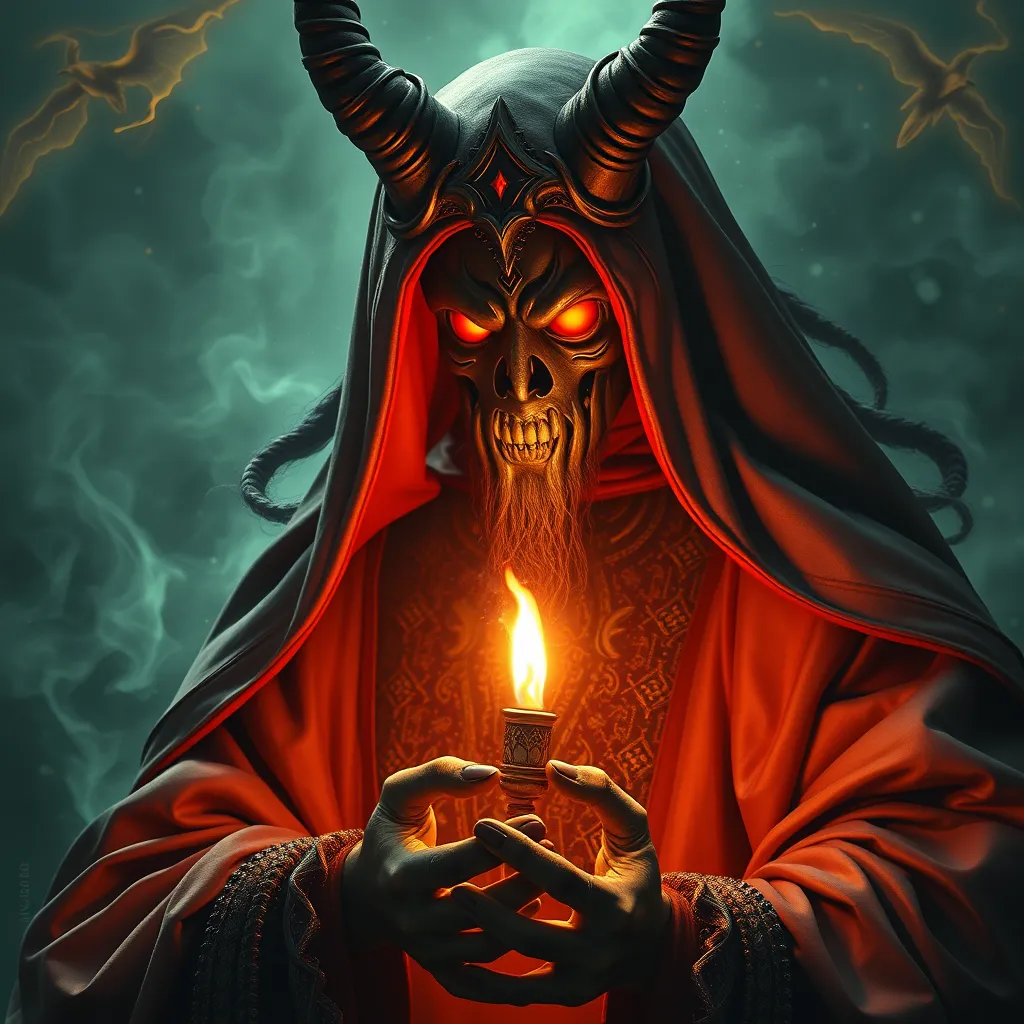Charon: The Ferryman of the Underworld – Unraveling His Role in the Greek Afterlife
I. Introduction
In Greek mythology, Charon is a pivotal figure representing the transition between life and death. As the ferryman of the Underworld, he plays a crucial role in transporting the souls of the deceased across the river Styx to their final resting place. Charon’s presence in Greek beliefs highlights the importance of the Underworld and the rituals surrounding death. This article aims to delve into Charon’s origins, his functions, and his cultural significance throughout history.
II. Charon’s Origins and Mythological Background
Charon’s parentage is somewhat ambiguous, with some sources suggesting he is the son of Erebus, the personification of darkness, and Nyx, the goddess of night. Early representations of Charon depicted him as a grim figure, often portrayed as a skeletal or hooded man, reflecting the somber nature of his duties.
Over time, Charon’s character evolved through various ancient texts. In Homer’s “Odyssey,” he is mentioned as a grim figure who requires payment for his services. Later works, such as Virgil’s “Aeneid,” further elaborate on his role and personality. Charon symbolizes the inevitability of death and the importance of proper burial rites in ancient Greek culture, emphasizing that the journey to the afterlife is a serious and solemn affair.
III. The Role of Charon as the Ferryman
Charon’s primary function in the afterlife is to ferry souls across the river Styx, a boundary between the living world and the Underworld. The Styx is often depicted as a dark, murky river, underscoring the mysterious and foreboding nature of death.
The process of transporting souls is strictly regulated. Upon death, it was believed that souls would wander for a time before reaching Charon, who awaited them at the river. Only those who had received proper burial rites and had the means to pay could cross, reflecting the cultural importance of honoring the dead.
IV. The Payment for Passage
One of the most significant aspects of Charon’s role is the tradition of coin offerings, specifically the obol. This small silver coin was placed in the mouth of the deceased as payment for Charon’s services. The act of providing payment not only facilitated passage but also signified respect for the deceased.
The cultural implications of this practice are profound. It was believed that failing to pay Charon would result in the soul being left to wander the shores of the Styx for eternity, unable to enter the Underworld. This belief instilled a sense of urgency in the living to ensure that their loved ones were properly honored and equipped for their journey.
V. Depictions of Charon in Art and Literature
Throughout ancient history, Charon has been a prominent subject in various forms of art. His depictions in pottery and sculpture often emphasize his role as a grim ferryman. Artists frequently portrayed him with a stern expression, reflecting the seriousness of his duties.
In classical literature, Charon is referenced by notable authors such as Homer, who presents him as an essential figure in the journey of souls. Virgil’s “Aeneid” further expands on Charon’s character, portraying him as a reluctant but necessary guide for the dead. Modern interpretations of Charon can be found in various literary and cinematic works, where he is sometimes reimagined or given a more nuanced character.
VI. Charon’s Interactions with Other Deities
Charon’s relationship with other deities, particularly Hades and Persephone, is significant in understanding his role within the broader pantheon of Greek gods. Hades, as the ruler of the Underworld, oversees Charon’s duties, while Persephone’s seasonal journey between the Underworld and the living world adds complexity to the concept of life and death.
Charon’s interactions with souls are also noteworthy. He is depicted as indifferent to the individual stories of the deceased, focusing solely on his task. This detachment emphasizes the idea that death is a universal experience, devoid of personal bias.
VII. The Cultural Impact of Charon
Charon’s influence extends beyond Greek mythology, impacting later mythologies and religions. His role as a ferryman can be seen mirrored in various cultures, where guides or figures transport souls to the afterlife. This concept resonates with the human experience of death and the search for understanding of what lies beyond.
In popular culture, Charon’s legacy continues to thrive. He appears in various forms of media, from video games to films, often symbolizing the transition between life and death. Modern interpretations frequently explore themes of morality, the afterlife, and the human condition, showcasing Charon as a figure of intrigue.
VIII. Conclusion
Charon holds a significant place in Greek mythology, serving as a crucial figure in the understanding of the afterlife. His role as the ferryman emphasizes the cultural importance of death, burial rites, and the journey to the Underworld. Understanding mythological figures like Charon enriches our appreciation of ancient beliefs and their reflections on life and death.
In conclusion, Charon’s enduring legacy invites us to reflect on our own beliefs about mortality and the afterlife. As societies continue to grapple with the mysteries of death, Charon serves as a potent symbol of the transition we all must face.



